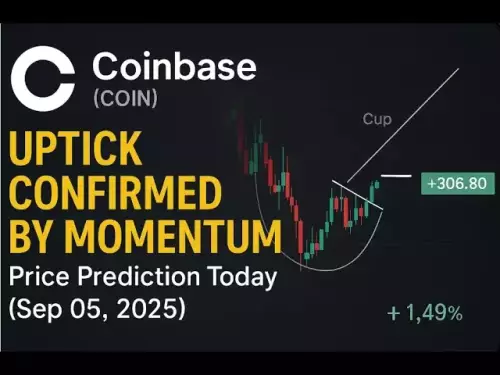-
 Bitcoin
Bitcoin $111400
0.98% -
 Ethereum
Ethereum $4328
0.50% -
 XRP
XRP $2.853
1.69% -
 Tether USDt
Tether USDt $1.000
0.00% -
 BNB
BNB $850.5
0.51% -
 Solana
Solana $205.1
0.70% -
 USDC
USDC $1.000
0.02% -
 Dogecoin
Dogecoin $0.2182
2.76% -
 TRON
TRON $0.3328
-0.55% -
 Cardano
Cardano $0.8346
3.00% -
 Hyperliquid
Hyperliquid $46.94
4.58% -
 Chainlink
Chainlink $22.41
-0.17% -
 Ethena USDe
Ethena USDe $1.001
0.01% -
 Sui
Sui $3.411
4.32% -
 Bitcoin Cash
Bitcoin Cash $611.2
3.75% -
 Stellar
Stellar $0.3604
2.04% -
 Avalanche
Avalanche $24.43
0.02% -
 Hedera
Hedera $0.2195
3.37% -
 Cronos
Cronos $0.2665
0.14% -
 UNUS SED LEO
UNUS SED LEO $9.533
0.25% -
 Litecoin
Litecoin $113.1
2.41% -
 Toncoin
Toncoin $3.101
-0.17% -
 Shiba Inu
Shiba Inu $0.00001244
2.94% -
 Polkadot
Polkadot $3.831
1.65% -
 Uniswap
Uniswap $9.445
1.92% -
 Dai
Dai $0.9999
-0.01% -
 Monero
Monero $267.3
-0.05% -
 Ethena
Ethena $0.6887
6.20% -
 Aave
Aave $305.4
-1.32% -
 World Liberty Financial
World Liberty Financial $0.1785
-3.15%
How to set a limit order on Gemini?
On Gemini, limit orders let you buy or sell crypto at a specific price, offering more control and potentially lower fees, but may not execute if the market doesn't reach your set price.
Sep 05, 2025 at 07:19 am
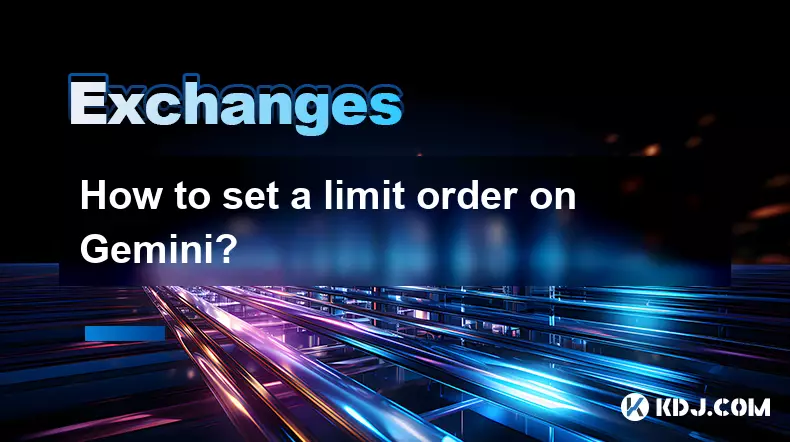
Understanding Limit Orders on Gemini
1. A limit order allows traders to set a specific price at which they are willing to buy or sell a cryptocurrency. This gives users greater control over their trades compared to market orders, which execute immediately at the current market price. On Gemini, this feature is accessible through both the mobile app and the web platform, making it convenient for all types of users.
2. When placing a limit order, it will only execute if the market reaches the price specified by the user. If the price never reaches that level, the order remains open until canceled or expired. This functionality is particularly useful in volatile markets where timing and precision are crucial.
3. Gemini supports limit orders for a wide range of cryptocurrencies, including Bitcoin, Ethereum, and numerous altcoins. Users can view real-time order books to assess current bid and ask prices, helping them make informed decisions when setting their limit price.
4. It's important to note that limit orders may not always be filled immediately. The execution depends on market liquidity and how close the limit price is to the prevailing market rate. Orders placed too far from the current price may remain unfilled for extended periods.
5. Traders should also be aware of partial fills. A limit order can be executed in parts if only a portion of the requested volume is available at the desired price. Gemini handles these partial executions transparently, updating the order status accordingly.
Step-by-Step Guide to Placing a Limit Order
1. Log in to your Gemini account using either the website or the mobile application. Ensure that you have completed identity verification and have sufficient funds in your wallet to cover the intended trade.
2. Navigate to the trading interface by selecting the cryptocurrency pair you wish to trade. For example, choose BTC/USD if you want to trade Bitcoin against the U.S. dollar.
3. Switch from 'Market Order' to 'Limit Order' mode. This option is typically located near the top of the trading panel and must be selected before entering any details.
4. Enter the desired price per unit at which you want to buy or sell. Use the price chart and order book data to determine a realistic and strategic price point based on current market conditions.
5. Input the quantity of cryptocurrency you wish to trade. You can enter this manually or use predefined percentage buttons such as 25%, 50%, or 100% of your available balance for convenience.
Managing Active Limit Orders
1. After submission, your limit order appears in the 'Open Orders' section of the platform. Here, you can monitor its status and see whether it has been partially or fully filled.
2. If market conditions change and your original price no longer aligns with your strategy, you can modify the order. On the web version, click the edit icon next to the order; on mobile, tap and hold the order entry to access editing options.
3. To cancel an order, select the 'Cancel' option next to the active order. Once canceled, the reserved funds or assets are released back into your available balance and can be used for other trades.
4. Set reminders or use external tools to track open orders, especially if they are set for prices significantly distant from the current market level. Relying solely on platform notifications may result in missed opportunities.
5. Be mindful of order expiration settings. Some limit orders can be set as 'Good-Til-Canceled' (GTC), while others may have time-based constraints like 'Immediate or Cancel' (IOC). Choose the appropriate type based on your trading goals.
Fees and Execution Considerations
1. Gemini uses a maker-taker fee model. Limit orders that add liquidity to the market (makers) generally incur lower fees than market orders (takers). By placing a limit order, you often qualify for reduced trading costs.
2. The exact fee percentage depends on your 30-day trading volume and whether you're classified as a maker or taker. These rates are displayed on Gemini’s fee schedule page and are updated regularly.
3. Large limit orders may impact the market when they eventually execute, especially for less liquid pairs. Consider breaking large orders into smaller chunks to minimize slippage and avoid sudden price movements.
4. Always double-check the total cost before confirming. The preview screen shows the price, quantity, and estimated fees. This step helps prevent errors due to incorrect inputs or misunderstanding of units.
5. Keep your device and app updated to ensure smooth order placement and real-time updates. Technical issues or delayed data feeds can affect the accuracy of your trading decisions.
Common Questions About Limit Orders on Gemini
Can I place a limit order outside the current market price?Yes, you can set a limit order at any price, whether above or below the current market rate. However, it will only execute if the market reaches that price.
What happens if my limit order is not filled?An unfilled order remains active until it is canceled or expires, depending on the time-in-force setting. You retain control over the funds or assets until then.
Do I pay fees for canceled limit orders?No, Gemini does not charge fees for canceled orders. Fees are only applied when an order is successfully executed.
Can I set multiple limit orders at once?Yes, you can have several active limit orders across different trading pairs. Each order operates independently and must be managed individually.
Disclaimer:info@kdj.com
The information provided is not trading advice. kdj.com does not assume any responsibility for any investments made based on the information provided in this article. Cryptocurrencies are highly volatile and it is highly recommended that you invest with caution after thorough research!
If you believe that the content used on this website infringes your copyright, please contact us immediately (info@kdj.com) and we will delete it promptly.
- Hyperliquid, USDH Stablecoin, and DeFi Growth: A New Era?
- 2025-09-06 03:50:12
- Solana's Tug-of-War: Bulls vs. Sellers – Who's Winning?
- 2025-09-06 02:45:16
- Crypto Tokens, SEC Regulation, and Market Explosion: Navigating the Web3 Revolution
- 2025-09-06 02:45:16
- Crypto Coins in 2025: Spotting the Next Big Investment
- 2025-09-06 03:05:15
- Altcoins: Profit Potential or High-Risk Gamble?
- 2025-09-06 03:05:15
- Ethereum Price, PEPE Coin, and Layer 2s: What's the Hype?
- 2025-09-06 03:16:35
Related knowledge
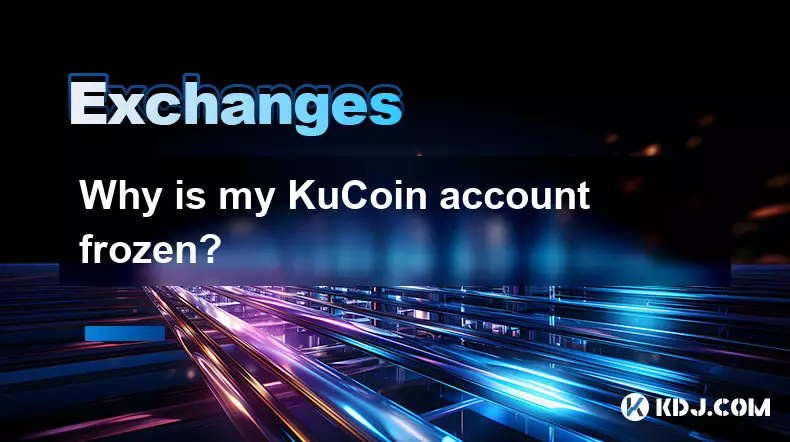
Why is my KuCoin account frozen?
Sep 05,2025 at 06:55pm
Common Reasons for a Frozen KuCoin Account1. Unverified identity information. KuCoin requires users to complete KYC (Know Your Customer) procedures to...
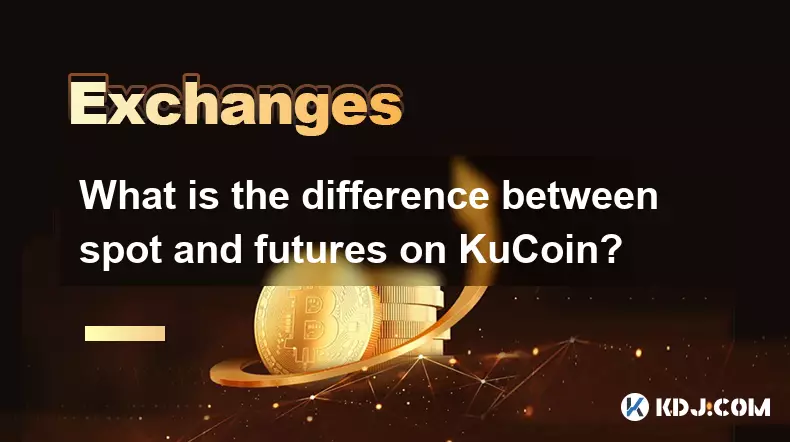
What is the difference between spot and futures on KuCoin?
Sep 06,2025 at 04:01am
Understanding Spot Trading on KuCoin1. Spot trading involves the direct purchase or sale of cryptocurrencies at the current market price. When a user ...
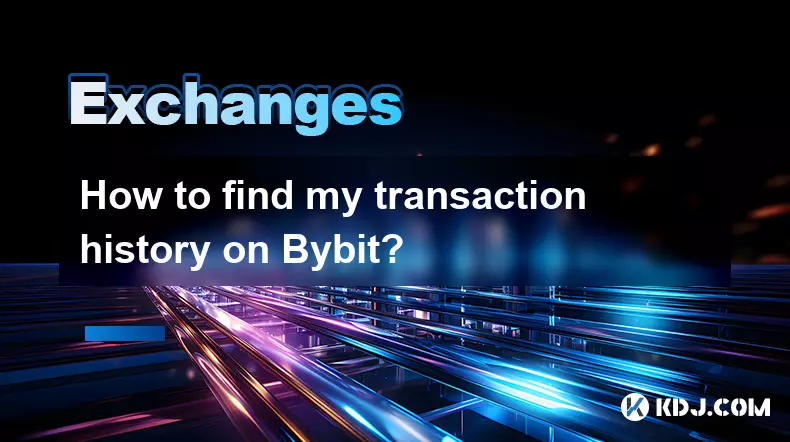
How to find my transaction history on Bybit?
Sep 05,2025 at 03:19pm
Accessing Your Transaction History on Bybit1. Log in to your Bybit account through the official website or mobile application. Ensure you are using a ...
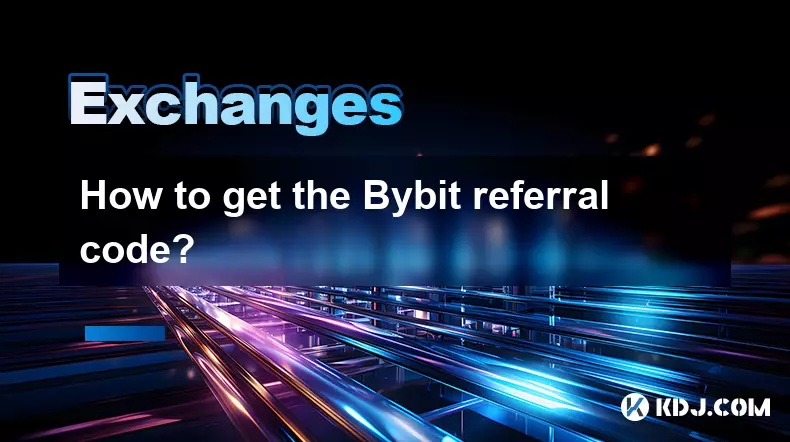
How to get the Bybit referral code?
Sep 05,2025 at 07:01pm
How to Obtain a Bybit Referral Code1. Visit the official Bybit website and log in to your account. If you don’t have an account, complete the registra...

What are Bybit maker and taker fees?
Sep 05,2025 at 11:00am
Understanding the Volatility of Cryptocurrency Markets1. Cryptocurrency markets are known for their extreme price swings, often influenced by speculat...
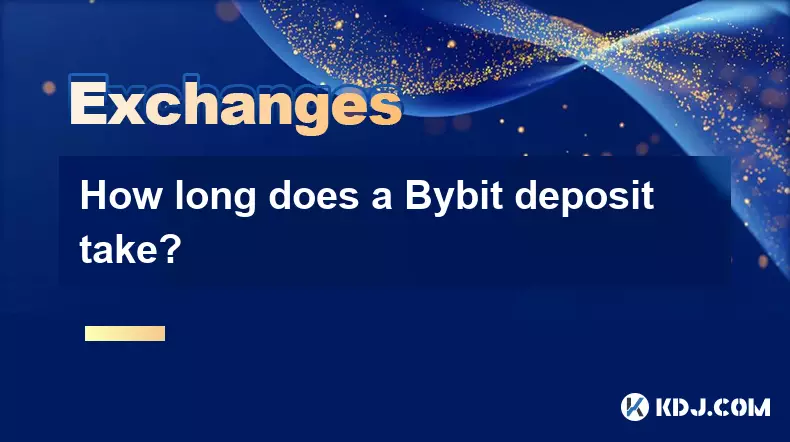
How long does a Bybit deposit take?
Sep 05,2025 at 03:36pm
The Evolution of Decentralized Exchanges in the Crypto Ecosystem1. Decentralized exchanges (DEXs) have reshaped how users interact with digital assets...

Why is my KuCoin account frozen?
Sep 05,2025 at 06:55pm
Common Reasons for a Frozen KuCoin Account1. Unverified identity information. KuCoin requires users to complete KYC (Know Your Customer) procedures to...

What is the difference between spot and futures on KuCoin?
Sep 06,2025 at 04:01am
Understanding Spot Trading on KuCoin1. Spot trading involves the direct purchase or sale of cryptocurrencies at the current market price. When a user ...

How to find my transaction history on Bybit?
Sep 05,2025 at 03:19pm
Accessing Your Transaction History on Bybit1. Log in to your Bybit account through the official website or mobile application. Ensure you are using a ...

How to get the Bybit referral code?
Sep 05,2025 at 07:01pm
How to Obtain a Bybit Referral Code1. Visit the official Bybit website and log in to your account. If you don’t have an account, complete the registra...

What are Bybit maker and taker fees?
Sep 05,2025 at 11:00am
Understanding the Volatility of Cryptocurrency Markets1. Cryptocurrency markets are known for their extreme price swings, often influenced by speculat...

How long does a Bybit deposit take?
Sep 05,2025 at 03:36pm
The Evolution of Decentralized Exchanges in the Crypto Ecosystem1. Decentralized exchanges (DEXs) have reshaped how users interact with digital assets...
See all articles

























